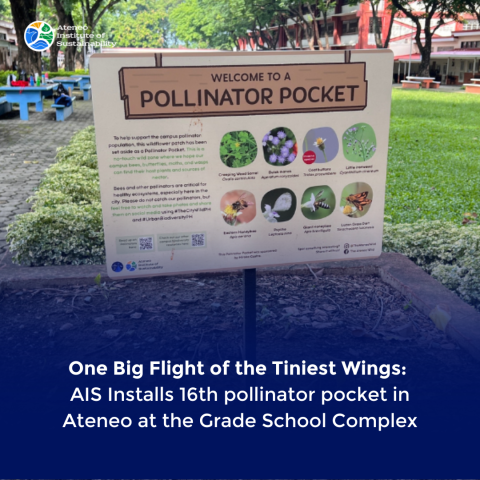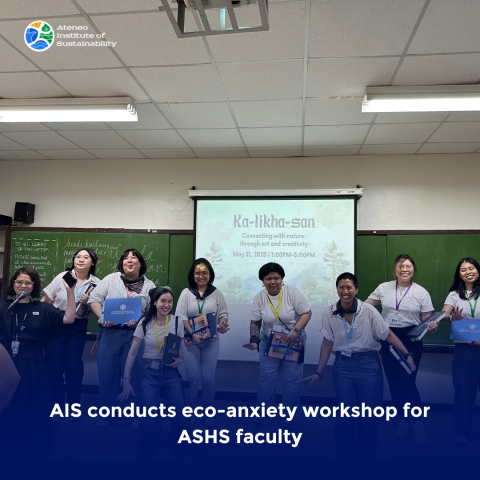Ateneo de Manila University's eco-friendly approach: Minimizing carbon footprint through sustainable initiatives
08 Apr 2024
Ateneo de Manila University is proactively monitoring and taking steps to reduce its carbon emissions. The University uses the Greenhouse Gas Protocol standards to calculate GHG emissions for Scope 1 and 2. The University's most recent publicly available report, the 2020 Ateneo Sustainability Report, covers emissions from 2018 to 2019.
In keeping with the University's commitment to the Magis Aspiration for Carbon Neutrality, Father Jose Ramon T Villarin, Dr. Maria Obiminda L Cambaliza, and Ms. Abigail Marie T Favis has conducted an assessment of GHG emissions from 2016 to 2022 and submitted the results to the University President as part of the plans for achieving Carbon Neutrality by 2030.
Furthermore, Ateneo is implementing various strategies and tracking its progress to reduce its carbon footprint, including enhancing the existing solar power capacity, and implementing energy-saving initiatives. Moreover, the University prioritizes energy efficiency in its infrastructure, transportation, and power generation. Procuring low-wattage, energy-efficient equipment demonstrates a commitment to reducing carbon emissions across multiple operation aspects.
Ateneo University's Renewable Energy Initiative: Powering Sustainability
Ateneo de Manila University's latest report on renewable energy generation reveals figures for the last reporting year, indicating its commitment to reducing its carbon footprint and promoting clean energy solutions.
During the last reporting year (22-23), the University generated 569,803.90 kWh of electricity through its expanded solar power project. In 21-22, the University generated 432,016.10 kWh of electricity through solar panels.
This output significantly contributes to the University's overall energy requirements and demonstrates its work to harness clean and sustainable power on its campus.
The University's renewable energy includes the energy consumed directly and any excess energy stored or sold to the grid.
By generating such a significant amount of energy from renewable sources, Ateneo de Manila University is reducing its dependence on fossil fuels and mitigating its environmental impact.
Ateneo de Manila's University's Campus Footprint
At Ateneo de Manila University, managing its campus footprint has become integral to its sustainability initiatives as it continues to grow and evolve. According to the latest data release, the University's total campus building footprint for 2022-2023 is 349,445.64 square meters. This includes classrooms, administrative facilities, student dormitories, and other built spaces, which reflect the university's diverse infrastructure and vibrant campus life.
Assessing and managing the environmental impact of the University's operations is made possible by the campus building footprint, which is a foundational metric. Furthermore, it plays a crucial role in informing strategic decision-making and sustainability planning, especially in achieving Laudato Si University's goal of the University.
For more information see Carbon Emissions on the Ateneo Institute of Sustainability.







